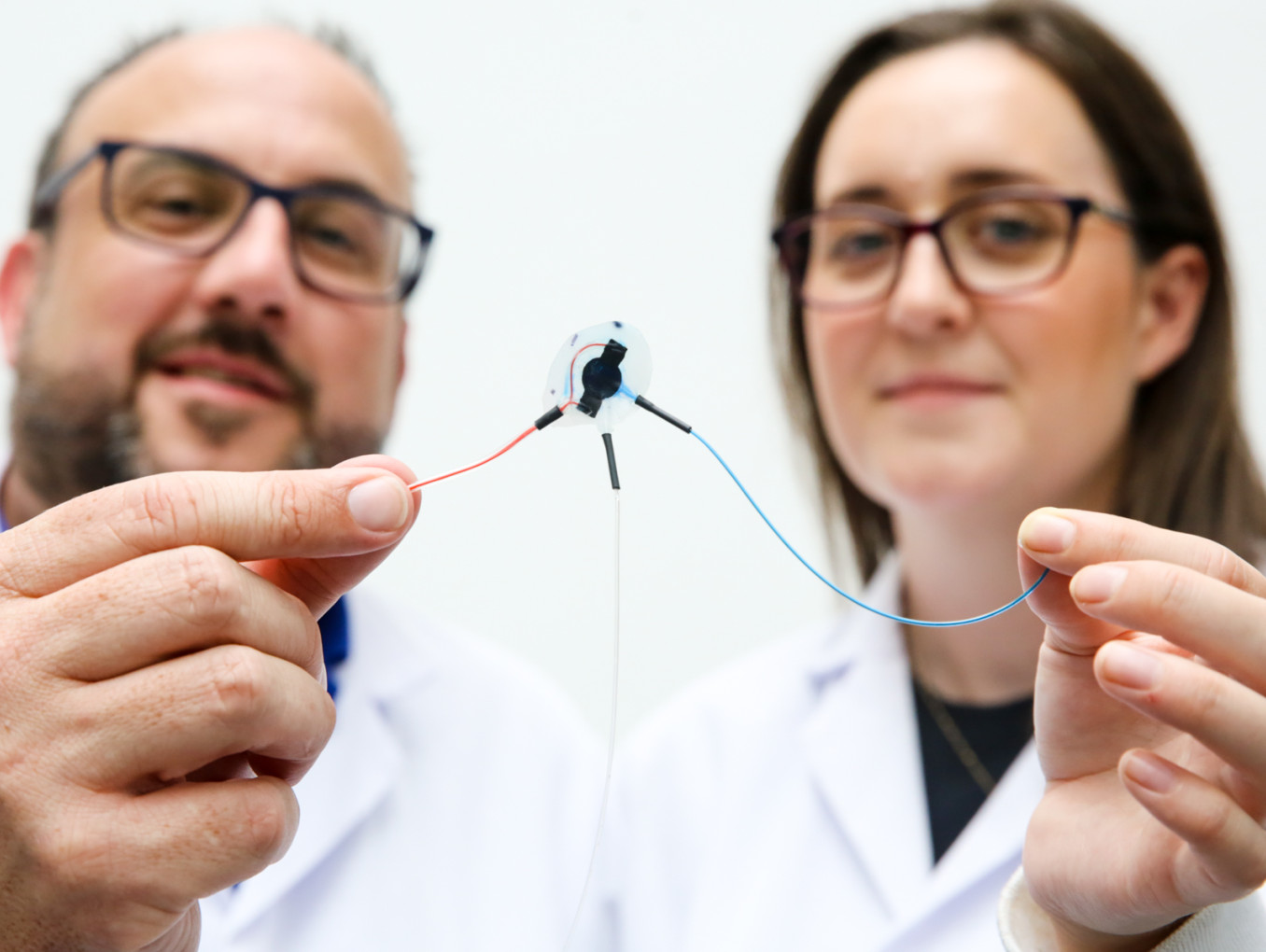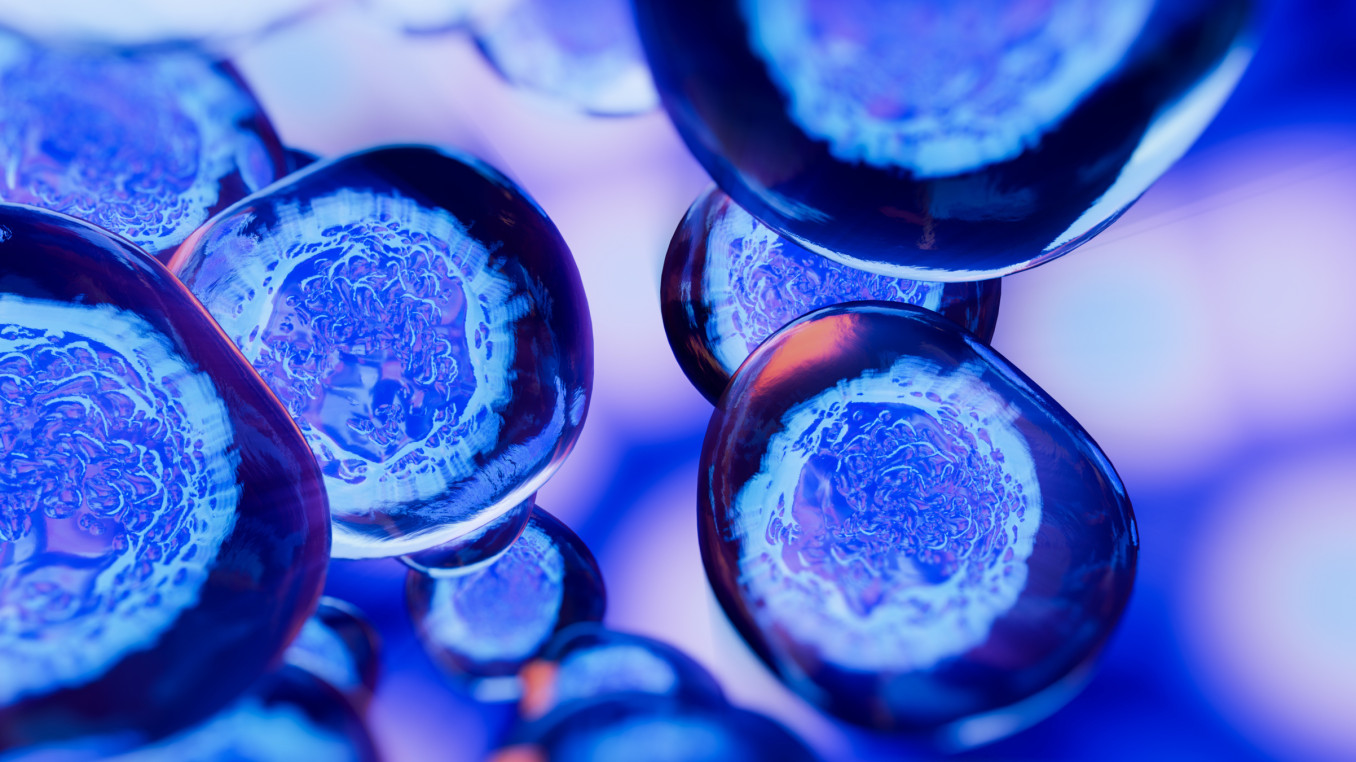Adaptive Drug Delivery: Garry Duffy's Breakthrough FibroSensing Technology
Breaking the Wall of Implantable Drug Delivery
Winner Interview 2024: Life Sciences
Garry Duffy is transforming implantable drug delivery with his FibroSensing Dynamic Soft Reservoir. This device detects and adapts to fibrotic capsule formation using soft robotic actuations, ensuring consistent drug dosing and long-term efficacy. By overcoming the foreign body response, Duffy's innovation promises sustained treatment and fewer interruptions, enhancing the performance and longevity of implantable drug delivery systems.
Which wall does your research or project break?
The foreign body response impedes the function and longevity of implantable drug delivery devices leading to interruptions in treatment regime. As a dense fibrotic capsule forms due to the foreign body response, integration of the device with the host tissue becomes compromised, ultimately resulting in device seclusion and treatment failure. We developing a FibroSensing Dynamic Soft Reservoir, an implantable drug delivery device capable of monitoring fibrotic capsule formation and overcoming its effects via soft robotic actuations. Our FibroSensing membrane showed great sensitivity in detecting changes at the abiotic/biotic interface, such as collagen deposition and myofibroblast proliferation. The potential of our device to overcome fibrotic capsule formation and maintain constant drug dosing over time was demonstrated using computational models, bench tests and preclinical models. Controlled closed loop release of drug analog was achieved by adjusting the magnitude and frequency of soft robotics actuations using sensor input. The main breakthrough was that our devices is capable of probing and adapting to the foreign body response through dynamic actuation changes in real-time. This device offers the potential for long-term efficacy and sustained drug dosing, even in the setting of fibrotic capsule formation leading to longer dwelling technologies and less treatment interruptions.
What are the three main goals of your research or project?
Our three main goals were to develop a system that could control drug delivery via soft robotics, monitor the foreign body response and fibrotic capsule development over time using the sensor-driven soft robotic device and then sustain drug delivery despite fibrotic capsule formation. All three goals are important to overcome the failure seen because of the foreign body response with drug delivery implants.
What advice would you give to young scientists or students interested in pursuing a career in research, or to your younger self starting in science?
I very much believe in communicating clearly to trainees that we are being trained as expert problem solvers when completing a PhD and that training can be applied to diverse problems. Having the opportunity to work with a team from difference disciplines really makes this obvious and that coming together can accelerate the completion of challenge based funding.
What inspired you to be in the profession you are today?
My parents were really supportive of eduction and pursuing science because of my deep curiosity to how the body worked and how disease impacted the body. When completing my undergraduate in science, I was inspired by modules where research methods were applied to unknown questions and that led to a PhD in regenerative medicine.
What impact does your research or project have on society?
Our research will hopefully reduce the burden for people living and managing chronic disease.
What is one surprising fact about your research or project that people might not know?
It was originally planned to have more in person exchanges between team members to complete the study but COVID halted that and we collaborated through online platforms. Some people have never met in person that worked on the project.
What’s the most exciting moment you've experienced over the course of your research or project?
Seeing complex data generated yielding information to build autonomous control or seed the idea of closing the loop to maintain device function. That was a very exciting time and seeded more work in this area.
Their work was expertly covered in the two following articles:
Robotic Self-modulation Enhances Implantable Long-acting Drug Delivery Devices
Soft Robotic Drug-delivery Device Overcomes Fibrotic Encapsulation


